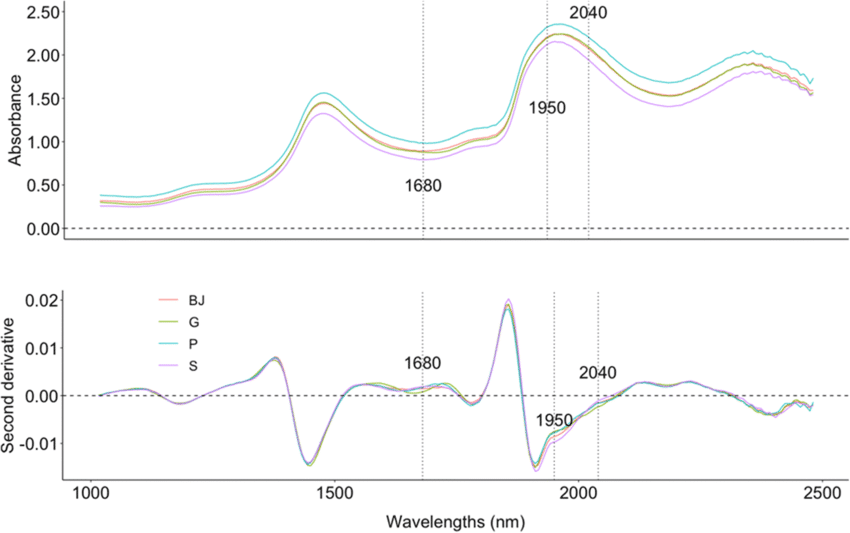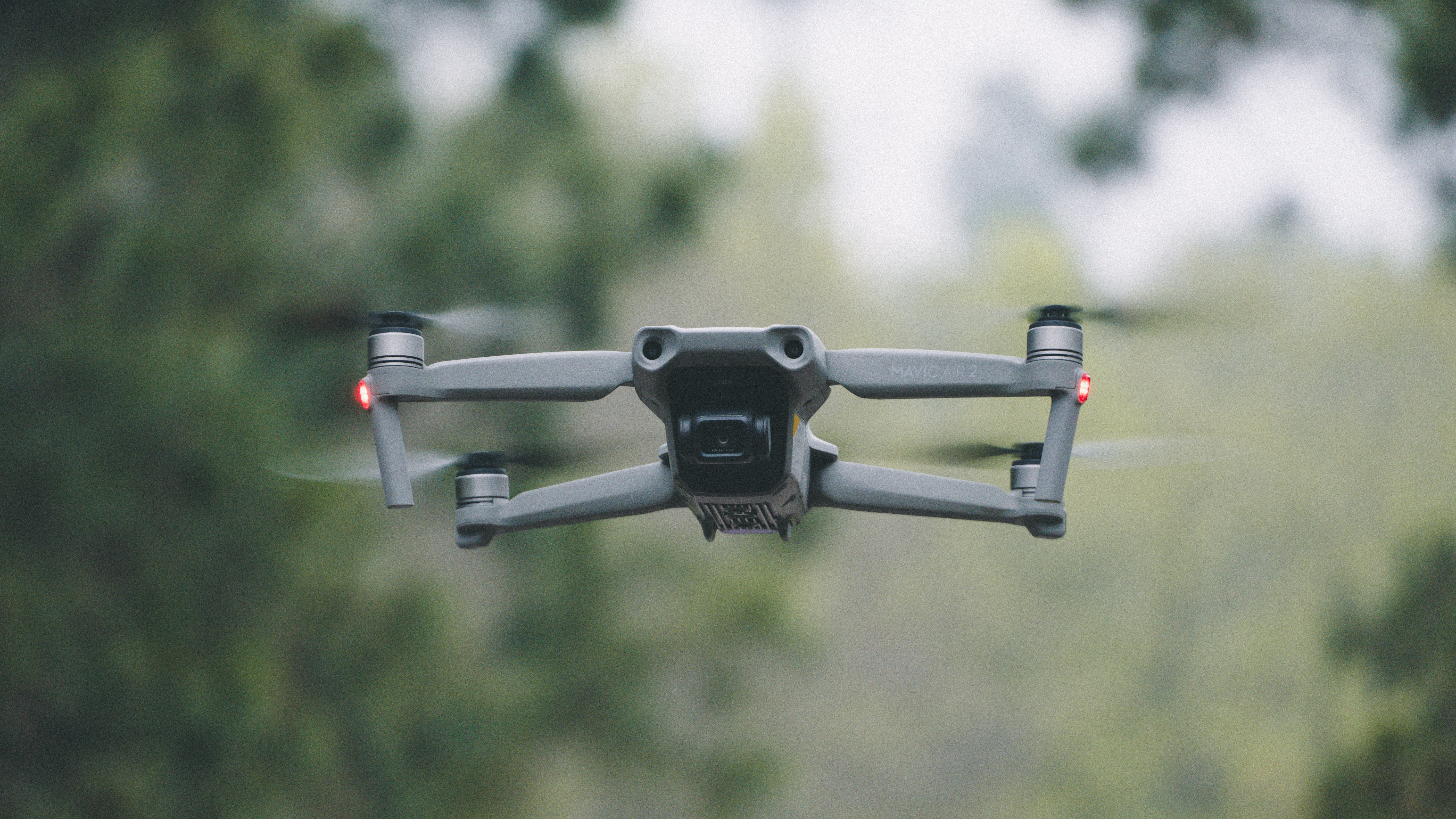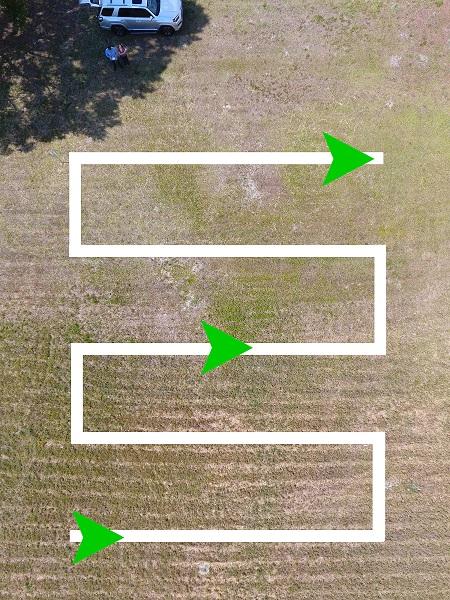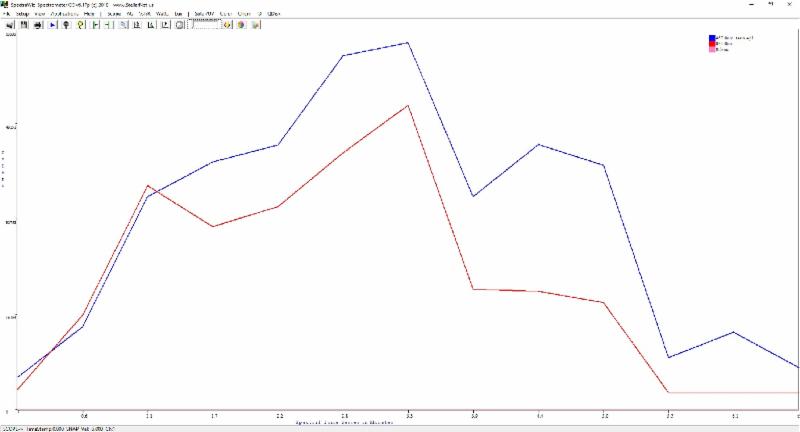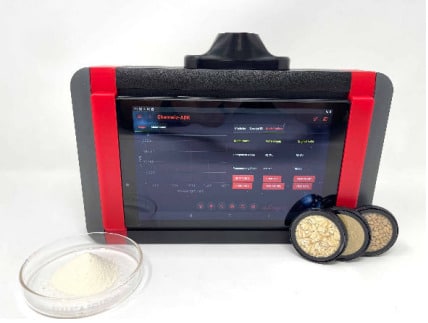Diet Analysis via NIR Spectroscopy
Bamboo constitutes 99% of a Panda Bear’s diet! Spectroscopy can be used to analyze the chemical composition of bamboo and determine the nutrients that pandas are obtaining from their diet. The nutrition and quality of bamboo shoots from different species have a large variation, and traditional methods used for the classification of different bamboo shoot species are expensive and time-consuming. Research published in Food Analytical Methods (February 2021) by researchers from the University of Canterbury successfully used NIR spectroscopy and machine learning chemometric methods to classify bamboo shoot species. They determined that NIR spectroscopy for the classification of different bamboo shoot species is feasible. The 2nd derivative pre-processing combined with the SVM method produced the highest classification accuracy and significantly avoided overfitting compared to the PLSDA and RF models. Read more about their work here. Although not used in this research directly, the StellarNet team has designed a new portable NIR spectrometer called the ChemWiz-ADK (Analyzer Development Kit) which has onboard PLS chemometrics model building and run-time. It could be easily calibrated to measure bamboo shoot quality in the field or lab setting. Learn more about our ChemWiz-ADK NIR spectrometer.
As environmental concerns are raised, loss of habitat has resulted in the reduction of a valuable food source for the gentle giant. As more pandas are moved into captivity, this information can be used to understand their nutritional requirements and ensure that captive pandas are receiving a balanced diet.
Habitat Monitoring with UAV Spectroscopy
Spectroscopy can be used to analyze the chemical composition of the panda’s environment and understand how environmental changes, such as deforestation and habitat loss, may impact the panda’s diet and overall health. StellarNet compact spectrometers can enable a small unmanned aerial vehicle (UAV) to collect hyperspectral measurements in the visible and near-infrared that are equal in quality to ground-based spectrometers. Designed with a low payload, minimal power consumption, and vibration-tolerant optics our spectrometers can be easily integrated with off-the-shelf components to create systems for reflectance measurements of ground cover and vegetation.
To determine the density of vegetation on a patch of land, researchers must observe the distinct wavelengths of visible and near-infrared sunlight reflected by the plants. When sunlight strikes the earth, certain wavelengths of the spectrum are absorbed, while other wavelengths are reflected. The pigment in plant leaves, such as chlorophyll, strongly absorbs visible light (from 400-700nm) for use in photosynthesis. The cell structure of the leaves strongly reflects near-infrared light (700-1000nm). The more leaves a plant has, the more these wavelengths of light are affected.
The StellarNet team recently flew their DJI drone with an onboard OEM spectral engine and took data according to the flight map on the right. The corresponding ratio of spectral data from visible and NIR regions is plotted to give you an idea of how UAV spectroscopy can be used in land surveys and agriculture and in this case to monitor land for panda bear research.
Identification of Pollution and Toxins
Spectroscopy can be used to identify potential toxins and pollutants in the panda’s environment, which can help researchers understand how these pollutants may be impacting the health and survival of pandas. In a recent customer spotlight, we highlight air quality research monitoring by Bubbleology Research International (BRI). They provide a spectroscopic and in-situ solution on a mobile platform that leverages the strengths of traditional sampling methods. Read more…
Studying the effects of Nutritional Supplements & Medications:
Spectroscopy can be used to analyze the chemical composition of nutritional supplements and medications given to captive pandas. Currently, our ChemWiz-ADK handheld NIR spectrometer is used in many nutraceutical manufacturing plants for quality detection and raw material ID. The ChemWiz-ADK has built-in Spectral ID and Chemometrics for sample analysis and even supports custom blend ID and much more. We have developed both an “Admin mode” for model development and building and a “user mode” designed for technicians to simply test samples and make reports! Using NIR spectroscopy for panda bear nutritional supplement quality can be used to understand the effectiveness of these treatments and ensure that the panda’s health is not being impacted negatively.


